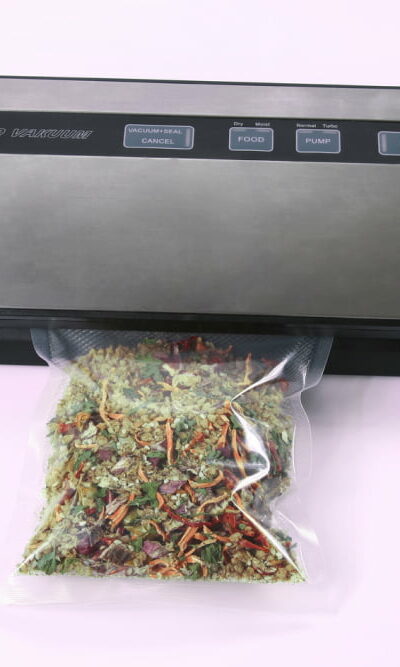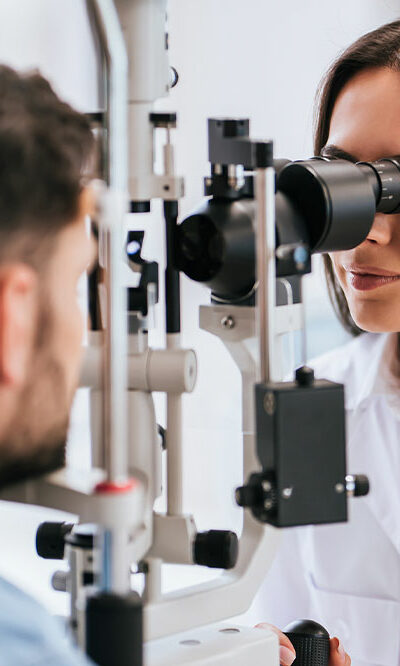
9 Early Signs of Dementia Explained
Dementia is a neurological disorder that progressively impairs cognitive functions affecting one’s analytical, reasoning, and memory skills. There is no cure for the condition, and it is only possible to improve the quality of life with suggested treatments, changes in nutrition, and daily lifestyle. For this, one must be able to learn and identify early dementia signs for a thorough diagnosis. Here are 9 noticeable signs and symptoms of the neurological disorder to help promptly diagnose the condition. Trouble with memory Dementia primarily affects the brain’s ability to retain information, impacting short-term and long-term memory. Note that there is no consistent or recognizable pattern here. A person who develops dementia will struggle with memory loss and reduced cognitive, analytical, and reasoning skills, impacting daily routine. Memory lapses can start with isolated events where one struggles to recall important things or remember them later in the day. Confusion Lapses in retaining information will also create a lot of confusion. One might forget how to do a familiar task or swiftly adapt to a familiar situation. A person might even ask queries and repeat the question, forgetting it has already been answered. These are all early signs of cognitive decline, and the severity of these symptoms will vary from person to person. Increased disorientation Dementia progressively impacts a person’s ability to navigate, even if one is accustomed to the location. Disorientation can happen at home or outside with symptoms like forgetting the way home from the supermarket or losing a general sense of direction. As the condition worsens, one might struggle to follow or remember simple instructions for navigating. It is also possible to experience trouble adjusting and adapting to the surroundings in general as one loses general awareness. Even gauging distance can become difficult due to reduced awareness. Repetition Repetition is a common sign of developing cognitive problems.










